As your organization grows in size, your business adopts various software systems and applications to be more efficient at scale. The use of different applications in your day-to-day operations further creates data silos and data inconsistency. The lack of complete business data visibility often leads to a lack of business agility, which is critical for your business to compete in today’s fast-paced marketplace.
One reliable solution to address these challenges is to deploy enterprise application integration (EAI) in your organization across the entire enterprise’s infrastructure. It allows you to streamline business processes, improve data accuracy, and achieve complete visibility of data across the organization.
In this blog, we will explore the importance of enterprise application integration (EAI) systems, advantages, best practices, and strategies to keep your business moving toward growth.
What is Enterprise Application Integration?
Enterprise Application Integration (EAI) is a strategic approach to connect and unify diverse disparate software systems and applications within an organization. It enables data, resources, and processes to be consolidated and share across different applications. This helps you seamlessly connect various on-premises & cloud apps to transform & utilize data for smooth workflows.
It is over a common platform and requires data integration in the back end for the smooth functioning of the connected applications. Further, EAI helps streamline processes like billing, marketing, accounting, and customer relationship management with increased data availability. It helps establish a middleware framework that enables free data flow between applications without significantly changing the database configurations or the applications themselves.
Now that you know that EAI connects disparate applications to enable a seamless flow of data, let’s explore the multiple benefits it delivers to your organization.
Advantages of Enterprise Application Integration
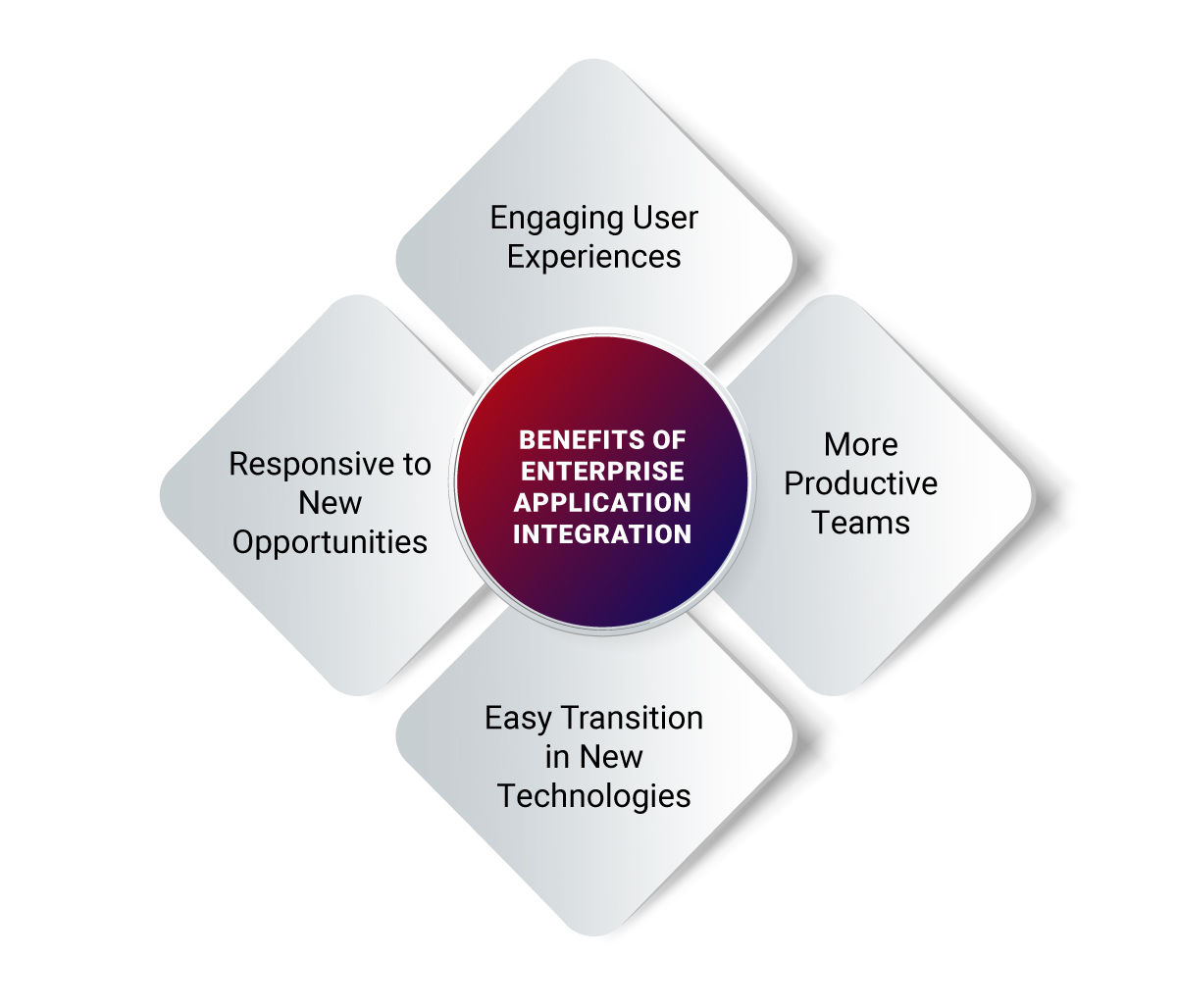
Enterprise application integration offers several significant advantages for enterprises and organizations of all sizes. By integrating different software systems, EAI can help improve information sharing, streamline business processes, reduce IT complexity, and increase agility.
Are you wondering how EAI technologies can simplify all critical concerns? Read this if you wish to get a clear insight into the business benefits of EAI.
Enterprise Application Integration Models
As there is no one-size-fits-all approach for integration, there are various models that help establish a connection between different applications. We’ll explore five essential types of enterprise application integration models that you should be aware of.
1. Point-to-Point Integration
It handles simple interactions between two data sources.
- As part of this approach, a script pulls, translates & transfers information from one application to another.
- Proves to be effective with relatively small operations and become inefficient while handling several systems all at once.
2. Hub-and-Spoke Integration
As the name suggests, this model uses a central “hub” where applications and systems connect via “spokes.”
- The information is reformatted and distributed from one central database, thus eliminating the need to interconnect subsystems.
- Yet the development team would still have to engage components that would automatically set the route information to the appropriate destination.
3. Bus Integration
An advanced method of the hub-and-spoke model, it performs the same tasks but in a different architecture.
- It runs without human interference, using a defined set of standards that govern data flow between applications.
- It enables data transmittance and retrieval as the rules of each service.
4. Middleware
This software routes traffic between application interfaces and operating systems to translate & support communication. It simplifies data aggregation across systems using different scripts and formats.
5. Microservices
This is the standardized architecture for modern cloud-based enterprise applications. Organizations that use web-based integration can collect big data through internal and external sources with the help of application programming interfaces (APIs).
Enterprise Application Integration Strategy
An enterprise application integration (EAI) strategy is a plan for connecting and integrating the various software applications used by an organization. It allows businesses to share data and automate system processes. EAI strategy can help businesses improve their operations, make better decisions, and be more agile. Let us help you understand the comprehensive overview of these strategies below.
Batch Data Integration
Irrespective of whether applications are used for internal or external-facing software, enterprise application integration helps synchronize all databases, thus allowing complete data access throughout a business. Herein, an application reads information from another app or software and begins the integration process. With data transfer, a relationship needs to be established between various elements like file format, location, standards, privileges & more, which should be created beforehand between both parts.
Shared Database
Most organizations have individual databases that help teams carry out daily activities. However, since many people have access to it, there are chances of duplication and redundant storage of information. With the right application integration strategy, you can centralize all the information in a single repository that can be used multiple times and yet avoid duplication & buildup of unnecessary information.
Remote Procedure Invocation (RMI)
This takes place when an application exposes its function through an interface that acts as a layer to manage complex datasets. It enables transparency, asynchronous communication and scalability to boost efficiency. With a robust and defined interface, other applications can make use of it.
Messaging Strategy
With a messaging integration strategy, various applications within an organization stay connected through a messaging bus. The bus helps with the exchange of information, functions, and data, thus creating a seamless flow of communication.
SOA/ESB
The ESB infrastructure and the architectural model powered by the SOA technology are the most preferred methods of integration by organizations.
How To Implement Enterprise Application Integration?
The EAI implementation plan provides a step-by-step guide to developing and deploying a successful EAI solution for your organization.
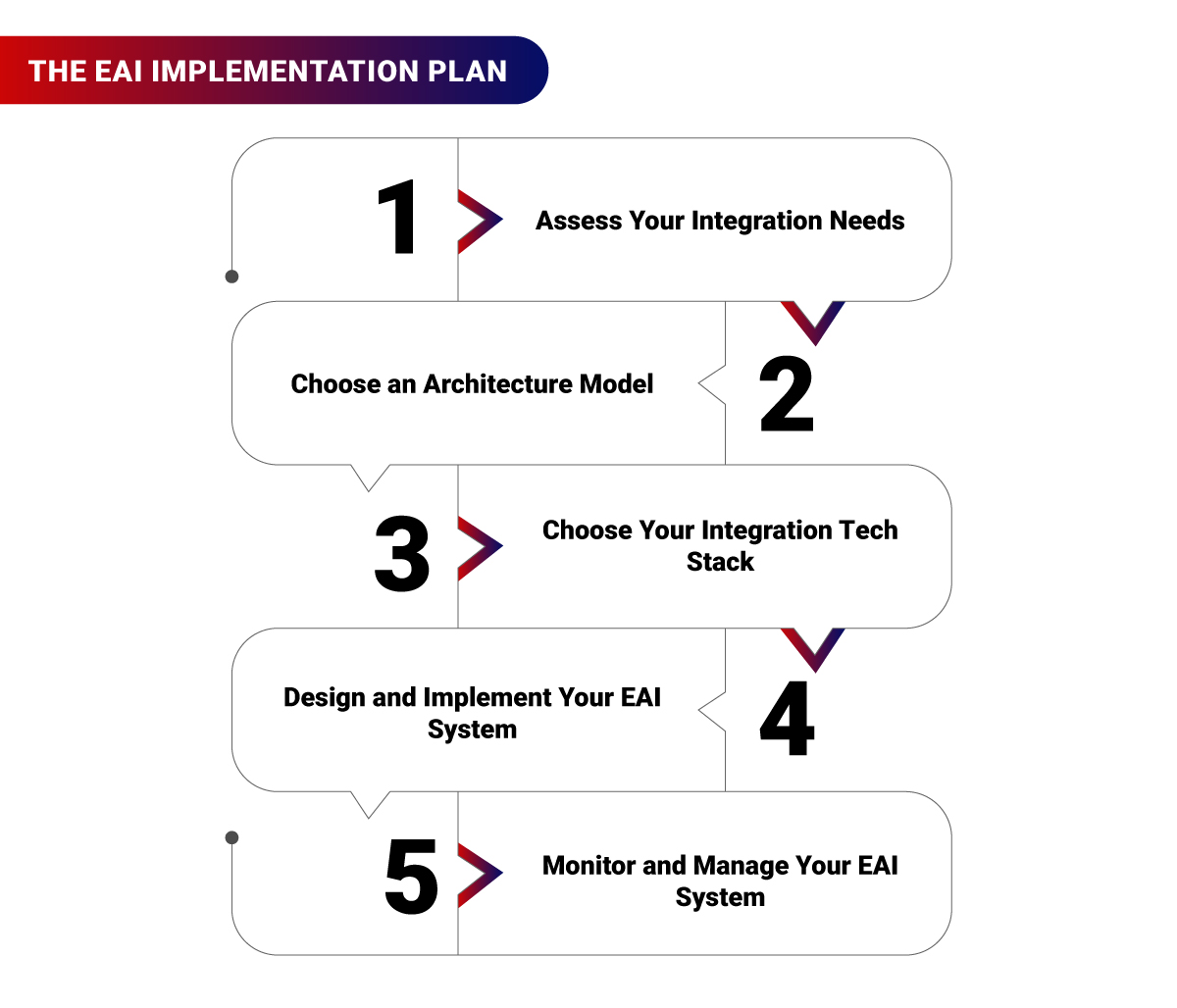
Step 1: Assess Your Integration Needs
Start by conducting a comprehensive assessment of your enterprise application integration requirements. It requires identifying the applications and systems that need integration, determining the data to be shared, and optimizing business processes. Some key factors to consider include your current IT infrastructure, business objectives, and available resources. Gain a clear understanding of your integration needs to guide the subsequent steps.
Step 2: Choose an Architecture Model
After identifying your integration requirements, the next step involves selecting an appropriate architecture model for your enterprise application integration system. There are three main options:
- Point-to-Point Integration: This straightforward approach involves direct connections between individual applications. While simple, it can be challenging to maintain and expand as your organization grows.
- Enterprise Service Bus (ESB) Integration: An ESB acts as a central hub enabling communication between numerous applications. While this architecture offers scalability and manageability, its implementation can be intricate and involve higher costs.
- Hybrid Integration: This model combines point-to-point and ESB integration, making it suitable for organizations with diverse application and system integration needs. It integrates cloud-based services and on-premises systems and applications of your organizations to work as a connected unit.
Step 3: Choose Your Integration Tech Stack
Once you’ve settled on an architecture model, identify the specific data integration technologies you’ll employ. This includes selecting EAI software, hardware, and networking infrastructure. When choosing EAI software, consider factors such as:
- Features: Ensure the software supports your chosen integration architecture, data formats, and messaging protocols.
- Scalability: Assess the software’s capacity to handle large data volumes and transactions.
- Security: Verify the software’s security features to protect your data.
- Support: Choose a vendor that provides dependable customer support.
Step 4: Design and Implement Your EAI System
With your technology stack in place, the next step involves designing and implementing your EAI system. This involves creating integration logic and configuring enterprise application integration software. It’s crucial to thoroughly test the system before deploying it in a live production environment to detect and rectify any issues that may impact your operations.
Step 5: Monitor and Manage Your EAI System
Once your EAI system is operational, continuous monitoring and management are essential to ensure system availability and efficient performance. It also helps to maintain data integrity and detect security threats before they cause any damage. This includes:
- Performance Monitoring: Keep an eye on the system’s performance and respond to any irregularities promptly.
- Error Tracking: Monitor for errors and implement necessary fixes.
- Security Maintenance: Regularly apply security patches and updates to safeguard your data.
It’s also essential to have a disaster recovery and business continuity plan in place to ensure your enterprise application integration system can operate even in challenging circumstances.
Enterprise Application Integration Best Practices
Enterprise Application Integration (EAI) is the key to seamless data exchange in modern business. Yet, EAI comes with its challenges. You must, therefore, follow a set of best practices to ensure a successful integration process. Here are some practical best practices that will help you simplify your business operations and provide an ideal path to a more integrated and agile enterprise.
Devise the Right Integration Plan
Laying down a solid enterprise application integration strategy is a must, and an expert EAI team can help you layout the plan. Keeping the end goal in mind is a must and here are four ways to overcome deployment issues:
- Monitoring – The primary components included in enterprise software must be enabled for real-time monitoring. By analyzing how your current systems are performing, instrumentation helps with clear identification of CPU utilization, system and memory utilization, or open resource connections. This information provides the development team and administrators with the support they need to design and implement an integration architecture that can streamline and operate the system at optimal performance.
- Accountability – Apart from the initial support and installation, updates for integration rules and components like adapters may need regular activity. The components and regular updates ensure the continuity of operations.
- Service Level Agreements – The SLA is offered before installation and underlines the system’s requirements at run-time regarding availability, system performance characteristics, and resource consumption.
- Deployment Plan Upfront – A deployment plan brings to the surface important issues rather than having to deal with them at a later stage. It ensures that the integration is deployed in a controlled and coordinated manner while minimizing the amount of downtime and disruption to business operations.
Use Pre-Built App Connectors
APIs are crucial for enterprise application integration as they help two or more applications seamlessly interact with each other especially when critical data is concerned. Web APIs are easily available on the internet and are made with XML or JSON to create connectors for apps. Since APIs provide a pre-packaged for connecting specific applications, connectors can help build and deploy solutions like ERP using plug & play models.
Maintain Data Quality
Maintenance of data consistency is another crucial best practice since integration can create issues with data quality. Since EAI systems exchange data between different applications, the chances of duplication, data loss & wrong entries are quite possible. Therefore, Proper mechanisms must be in place to prevent data quality issues as well as mechanisms that drive data transformation and validation.
Designing data structures is also important for flexible ways of adding new tables and fields. Common data rules like the canonical data model (CDM) can be applied across the organization to provide a single, consistent view of data across all integrated applications. Further, application connectors should be used during integration to reduce the time spent on writing manual integration connectors and improve reliability.
Invest in Integration Middleware
Utilize middleware platforms that offer tools and services for designing, deploying, monitoring, and managing integrations. When you invest in dependable middleware platforms, it enhances data security and scalability and lays the foundation for future integrations. Popular choices include MuleSoft, Apache Camel, and IBM Integration Bus.
Rigorous Testing and Continuous Monitoring
After implementing your EAI solution, it is essential to test it thoroughly to ensure that it meets your requirements. Regular monitoring is crucial, helping detect and swiftly resolve any emerging issues. This proactive approach ensures the seamless flow of data and processes, maintaining the efficiency and reliability of your integrated system.
Enterprise Application Integration (EAI) Examples
The deployment of EAI strategy varies across organizations and is influenced by the application integration tools, data patterns, and business-specific use cases. Some organizations prefer to build a point-to-point integration from scratch, while others prefer to use the application’s APIs if they have sufficient in-house resources. So, let’s explore some of the common approaches for enterprise application integration.
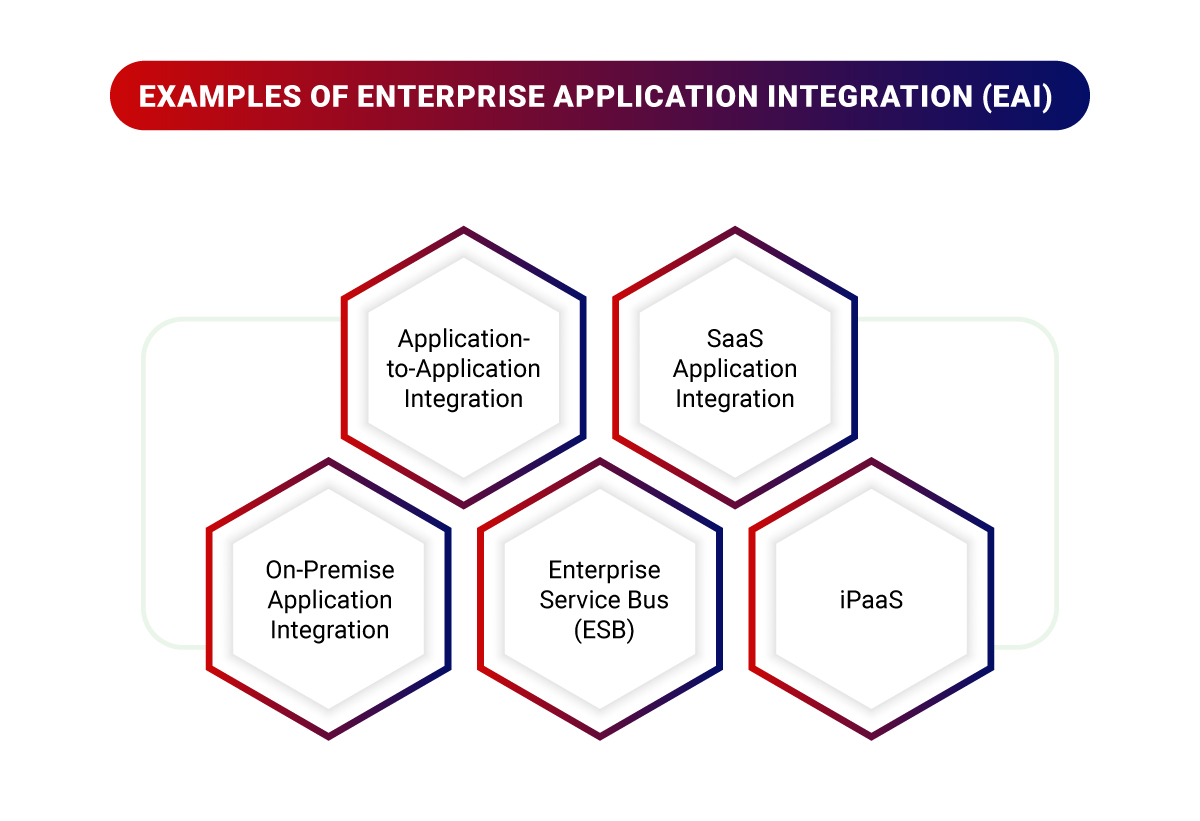
Application-to-Application Integration
Application-to-application integration offers your business comprehensive visibility into business-critical operations and processes and end-to-end processing. These are often used to connect applications without the use of a middleware layer and is often used to connect legacy systems that do not have standard APIs. It is a good choice in cases where you have to integrate a small number of legacy systems. A2A integration also enables automation and enhances productivity by eliminating the requirement for manual data entry.
SaaS Application Integration
Currently, many companies use multiple SaaS applications throughout their entire enterprise. The SaaS application integration approach to EAI ensures seamless data flow and integration between these SaaS applications such as CRM, ERP, and HCP systems. This approach is affordable, secure, scalable and typically uses APIs to connect applications. For instance, a large enterprise may want to integrate its cloud-based CRM with its cloud-based e-commerce platform and existing legacy ERP system. It is particularly a good approach if your business is new to EAI, has limited IT resources, or looking to integrate cloud-based and on-premise applications to prevent black boxes and data silos.
On-Premise Application Integration
This approach is best when your business needs to integrate on-premise applications. Traditional approaches to internal application integration include specialized coding and can be expensive to implement and maintain. However, an enterprise service bus (ESB), a middleware platform that uses a rules engine to convert and route messages and enable communication across applications, is also a feasible option. The on-premise application integration approach is also preferred in cases where you need to meet specific compliance requirements that cloud-based EAI solutions cannot meet.
Enterprise Service Bus (ESB)
As a middleware platform that provides a central hub for routing and transforming data between applications, ESBs can be used to integrate all types of applications. While it is preferred in cases when you need to integrate a large number of applications and is highly customizable too, this approach is complex to implement and manage.
iPaaS
iPaaS solutions provide a suite of tools for developing and managing integrations. These offer a variety of pre-built connectors and integration templates that handle integration between SaaS solutions and cloud applications. These are easy to use, scalable, and usually hosted and managed by a third-party provider.
Now that you’re aware of the best approaches for enterprise application integration, let’s explore the various tools that help your business integrate different software applications and data sources.
Enterprise Application Integration Tools
Here are popular enterprise application integration tools to help you make the right choice for your business:
- IBM WebSphere MQSeries: It helps you connect and integrate disparate applications and systems. With this tool, applications can communicate asynchronously without writing complex codes and access to an array of APIs.
- BizTalk Server: This comprehensive tool includes tools and services to develop, deploy and manage EAI solutions. BizTalk’s orchestration engine supports a wide range of supported adapters which helps your organization integrate, applications from different vendors and even automate complex business processes.
- Oracle Fusion: This tool helps with connecting the right people to your applications, even when data is scattered across places. It helps you develop, monitor & optimize processes with time and at optimal portability.
- Workato: Whether your applications are on-premise or on the cloud, this tool helps with unifying them. You can automate workflows that integrate applications with tasks that users create with a combination of actions, triggers, and apps.
- Cloud Elements: As one of the top enterprise application integration tools in the market, it features an API integration product with pre-built connectors that are commonly known as Elements. These elements thus support connections with various cloud service endpoints to provide event-based workflows, provide standard authentication, search & discovery APIs and unified error management.
Why is Rishabh Software the Best Choice For Your Next EAI Project?
At Rishabh Software, we employ best practices and methodologies to help you deploy best-of-breed applications to meet your organization’s unique needs. With over two decades of experience and a team of highly skilled enterprise app developers, our mobile app development services help you build enterprise solutions for a connected software ecosystem. From the initial planning and design to actual development and implementation, our expertise guarantees the successful completion of your EAI project within schedule and budget, tailored to your precise requirements.
If you’re searching for a reliable and experienced partner to support your forthcoming EAI project, Rishabh Software stands out as your leading provider for enterprise application development services. Our team is experienced with API & Data integration, IoT-based integration of devices & data systems, and cloud-based integrations to connect your IT environment for real-time data and process exchange. We offer tailored cloud-based integration services that ensure seamless connectivity across platforms, applications, and data sources. Reach out to us today to explore our customized enterprise application integration services.
Success Stories
Transforming Workforce Management with Modern Solutions
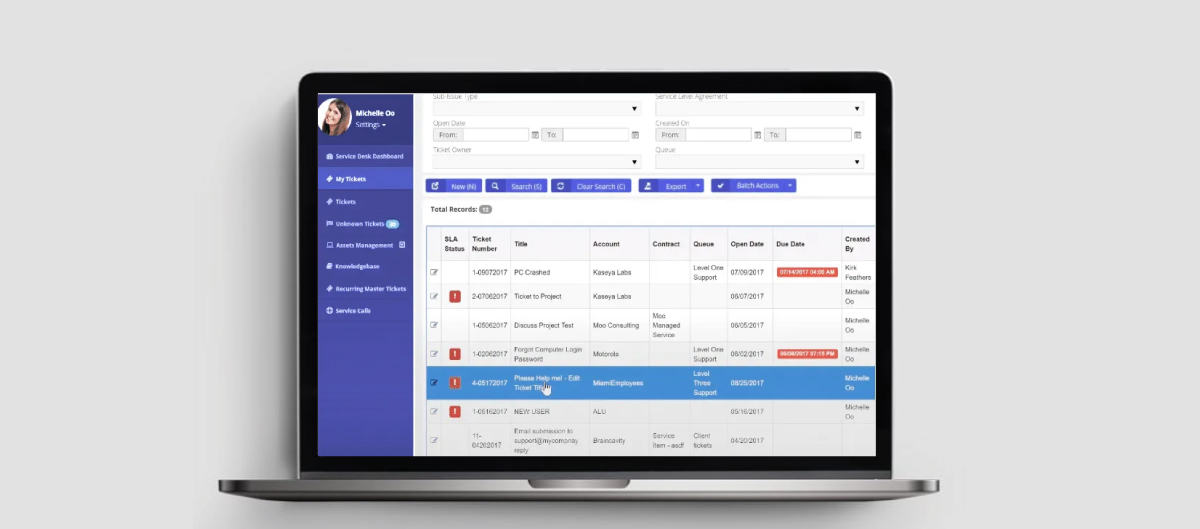
A major US-based global IT staffing provider wanted a steadfast and modernized web-based solution to integrate and unify their different stand-alone solutions into one comprehensive end-to-end workforce management portal. Their goal was to modernize their workforce management procedures, enabling them to efficiently oversee a contingent workforce through a centralized point of accountability.
Our proficient enterprise application integration team has developed a web-based application that enhances data transfer, automates workflows, and seamlessly integrates with the client’s system, aligning perfectly with the customer’s vendor management requirements.
Our robust solution played a crucial role in streamlining and simplifying workforce management planning by assembling a comprehensive suite of Managed Service Provider (MSP) solutions.
Key Features Delivered:
- Accessible anywhere anytime
- Seamless user experience
- Monitoring and management
- Workforce optimization
Key Benefits Delivered:
- 40% savings of workforce acquisition costs
- 100% automation of contingent workforce management
- 4x increase in application efficiency
Conclusion
Enterprise Application Integration (EAI) is crucial in the digital age, enabling organizations to streamline operations, improve efficiency, and stay competitive. We’ve explored various aspects of EAI, from understanding what EAI is to examining its advantages and different integration models. We’ve also discussed the importance of developing a well-thought-out enterprise application integration strategy and how to implement it effectively.
By following this strategy and industry best practices, companies can secure the success of their EAI system, resulting in better data flow, lowered operational expenses, and heightened decision-making capabilities.
Frequently Asked Questions
Q: What are some real-world use cases of Enterprise Application Integration (EAI)?
A: Enterprise Application Integration (EAI) finds practical applications across diverse industries, enhancing operational efficiency and business processes. Here are several industry-specific use cases:
- Financial Services: EAI plays a crucial role in linking core banking systems, CRM platforms, and risk management systems. This integration elevates customer service quality, mitigates fraudulent activities, and automates compliance-related tasks.
- Healthcare: In the healthcare sector, EAI connects electronic health records (EHRs), patient portals, and billing systems. This integration leads to improved patient care, cost reduction, and the streamlining of administrative functions.
- Retail: EAI helps the retail industry in unifying e-commerce platforms, point-of-sale (POS) systems, and inventory management systems in the retail industry. This harmonization enhances the customer experience, minimizes stockouts, and optimizes supply chain operations.
- Manufacturing: EAI integration involves enterprise resource planning (ERP) systems, manufacturing execution systems (MES), and quality management systems in manufacturing. This amalgamation enhances production efficiency, reduces waste, and ensures product quality.
Q: What is the difference between Application Integration and Data Integration?
A: Application integration and data integration serve distinct purposes while intertwining within the broader framework of Enterprise Application Integration (EAI):
- Application Integration: This involves connecting multiple applications to enable them to share data and functionalities. It enhances collaboration between software systems, allowing them to work cohesively.
- Data Integration: Data integration involves consolidating and harmonizing data from various sources into a single, unified perspective. It ensures that data is consistent and readily accessible for analysis.
- EAI: Enterprise Application Integration includes both application and data integration. It takes a holistic approach, unifying all aspects of enterprise systems, including applications, data, and business processes. EAI aims to streamline operations and enhance efficiency by creating a seamless ecosystem where applications and data coexist harmoniously.
Q: What are the key components or concepts involved in an Enterprise Application Integration solution?
A: Enterprise Application Integration (EAI) solutions consist of several crucial components that facilitate seamless integration and data management:
- Integration Middleware: As the foundation, this software layer provides the necessary infrastructure and tools to link and harmonize diverse systems.
- Adapters: These software modules connect specific applications or data sources and the integration middleware. They bridge the gap between different systems.
- Mapping Tools: Essential for translating and mapping data between disparate systems and applications, they ensure data compatibility and consistency.
- Transformation Tools: These tools convert data from one format or structure into another, facilitating smooth data interchange.
- Orchestration Tools: Automation and management of the integration process are managed by orchestration tools, ensuring coordinated execution of tasks.

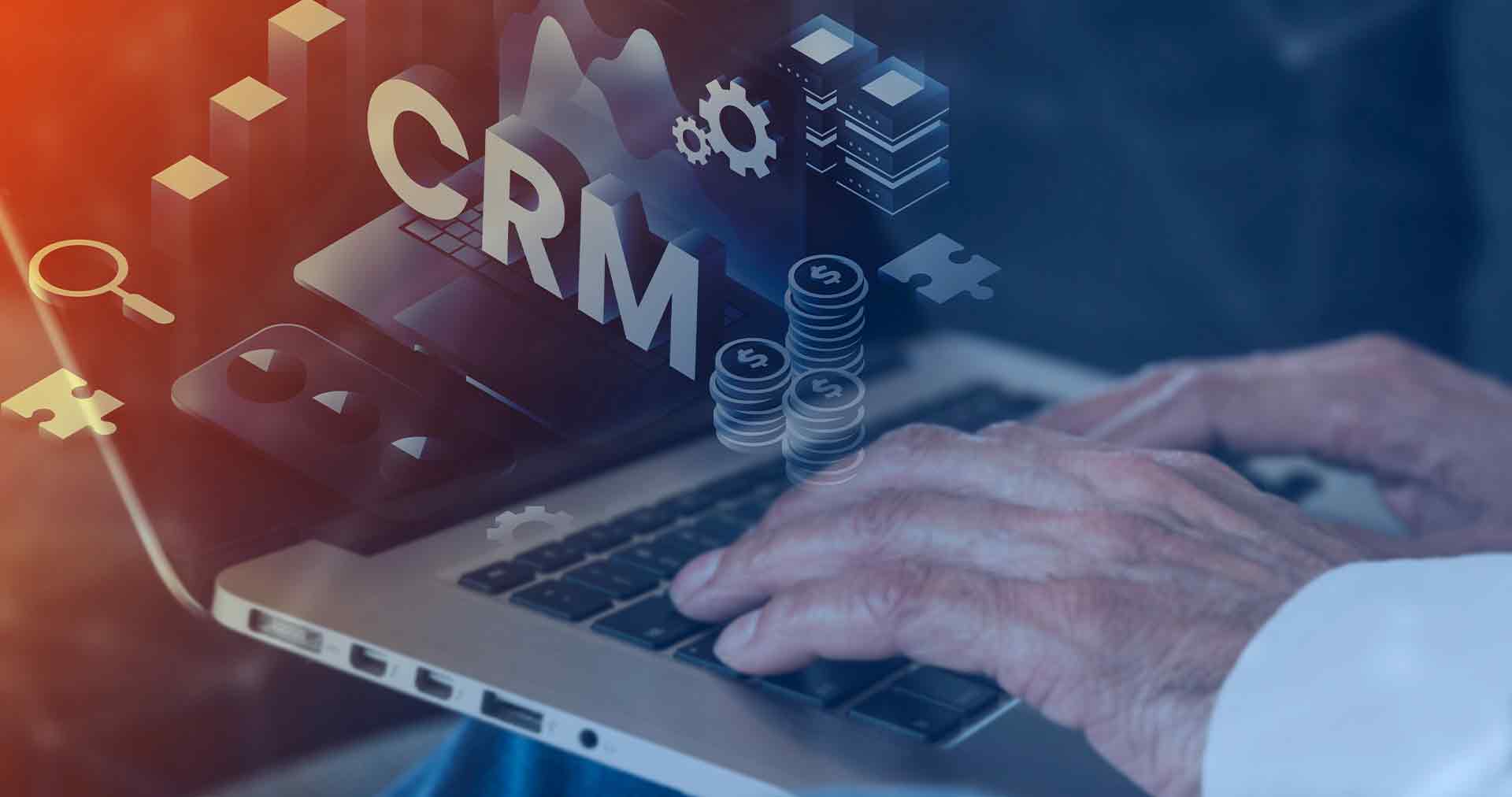


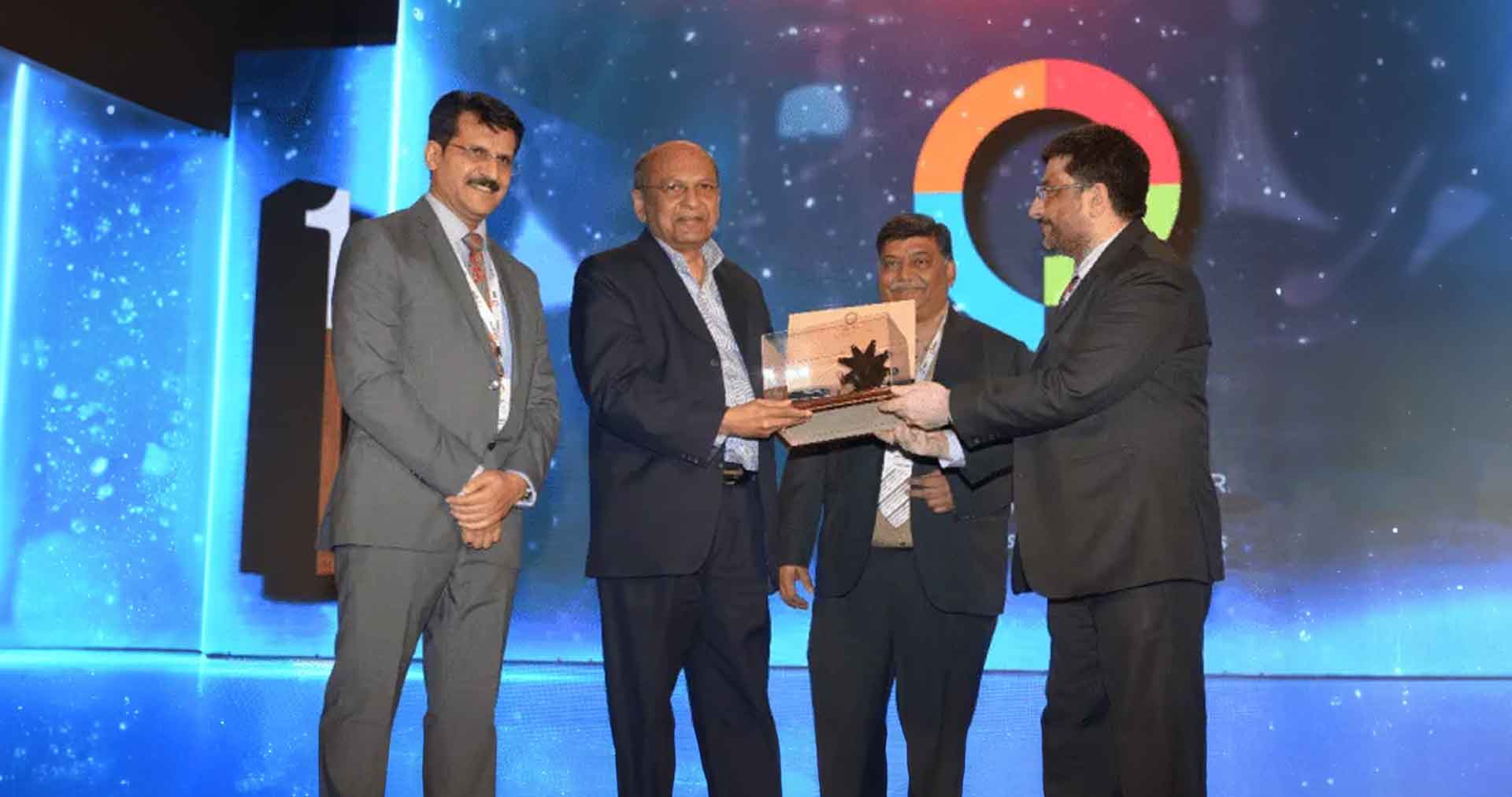
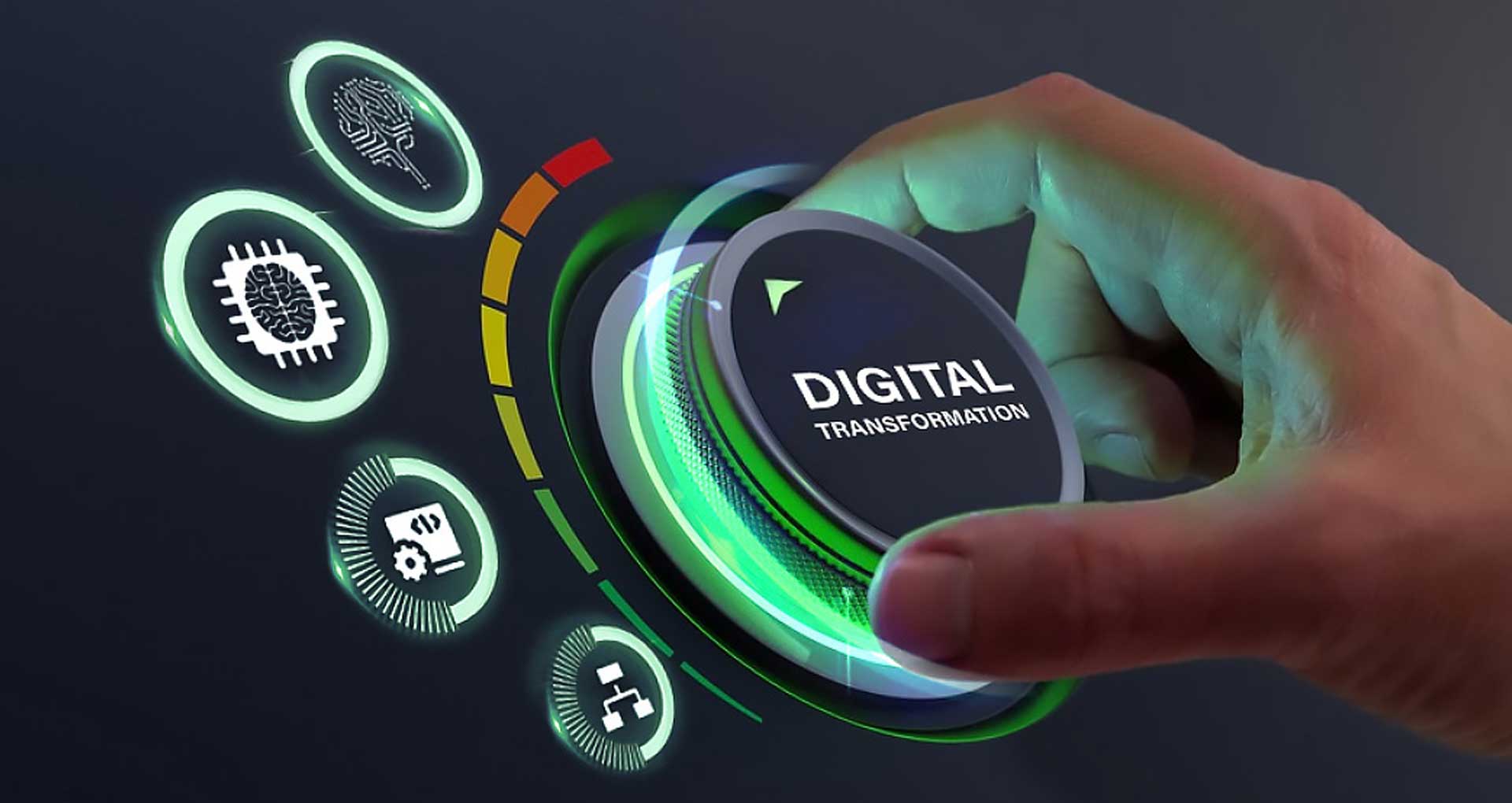





 30 Min
30 Min


